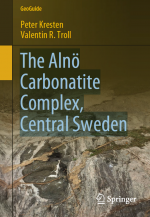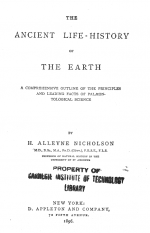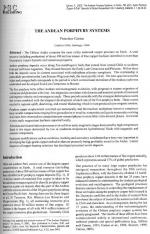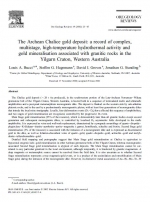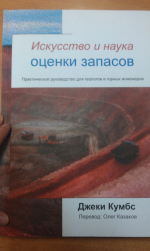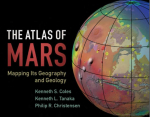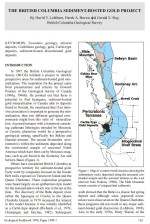Planetary scientist and educator Ken Coles has teamed up with Ken Tanaka from the United States Geological Survey’s Astrogeology team and Phil Christensen, Principal Investigator of the Mars Odyssey orbiter’s THEMIS science team, to produce this all-purpose reference atlas, The Atlas of Mars. Each of the 30 standard charts includes: a full-page color topographic map at 1:10,000,000 scale, a THEMIS daytime infrared map at the same scale with features labeled, a simplified geologic map of the corresponding area, and a section describing prominent features of interest. The Atlas is rounded out with extensive material on Mars’ global characteristics, regional geography and geology, a Glossary of Terms, and an indexed Gazetteer of up-to-date Martian feature names and nomenclature. This is an essential guide for a broad readership of academics, students, amateur astronomers, and space enthusiasts, replacing the NASA atlas from the 1970s. <...>


